The temporary ceasefire and the release of hostages have brought a halt to more than 15 months of conflict and devastation in Gaza, following the Hamas-led attacks on southern Israel on 7 October 2023.
Increased Humanitarian Aid
The truce, which took effect on 19 January, has allowed for a significant increase in the delivery of humanitarian aid to Gaza. According to the UN Office for the Coordination of Humanitarian Affairs (OCHA), the surge in daily supplies and improved access conditions have enabled aid organizations to expand their lifesaving operations across the region. Coordination with Israeli authorities is now mostly unnecessary, except for entry into buffer zones.
Expanding Food and Healthcare Services
Humanitarian organizations have been adapting their efforts based on population movements, extending their presence into areas that were previously unreachable, such as Rafah, Gaza, and North Gaza governorates. Despite these efforts, the humanitarian situation remains dire, with over two million people reliant on food aid, displaced, and without any income.
In the last two weeks, the World Food Programme (WFP) has distributed more than 10 million metric tonnes of food, reaching approximately one million people through household food parcel deliveries. Additionally, bread distribution has expanded through bakeries and community kitchens, with a community kitchen reopening in North Gaza on 24 January.
Fuel deliveries have also allowed five bakeries in Gaza governorate to increase their production capacity by 40%. Meanwhile, 25 emergency medical teams are now operational—22 in the central and southern areas, two in Gaza City, and one in North Gaza.
Population Movements
Since 27 January, the movement of people across Gaza has slowed. More than 565,000 people have traveled from the south to the north, while over 45,000 have moved south in response to continued destruction and a lack of services in the north. It is estimated that over half a million people have returned to Gaza and North Gaza governorates, where critical needs for food, water, and shelter materials persist.
Shelter Challenges
While the ceasefire has allowed for an increase in supplies, initial priority was given to food, limiting the entry of shelter materials. The Palestine Red Crescent Society (PRCS) reported delivering at least 3,000 tents to northern Gaza, with another 7,000 expected in the coming days.
Medical evacuations have also begun through the Rafah crossing into Egypt. Between 1 and 3 February, 105 patients—100 of whom were children—along with 176 companions, were evacuated for medical treatment.
Ongoing Hostage Releases
Updates from OCHA indicate that an estimated 79 hostages remain in Gaza, including individuals who have been declared deceased and whose bodies are still being held.
Over the past week, the International Committee of the Red Cross (ICRC) facilitated two additional hostage release operations. On 30 January, three Israeli and five Thai hostages were transferred to Israeli authorities, while 110 Palestinian detainees were released from Israeli detention centers. Among the detainees were 30 children and 20 individuals from the West Bank who were sent to Gaza.
The next day, three additional Israeli hostages were released, and 183 Palestinian detainees were freed, including 111 who had been detained in Gaza after 7 October. Seven detainees were also sent to Egypt.
Since the ceasefire began, the ICRC has helped secure the release of 18 hostages and 583 Palestinian detainees.




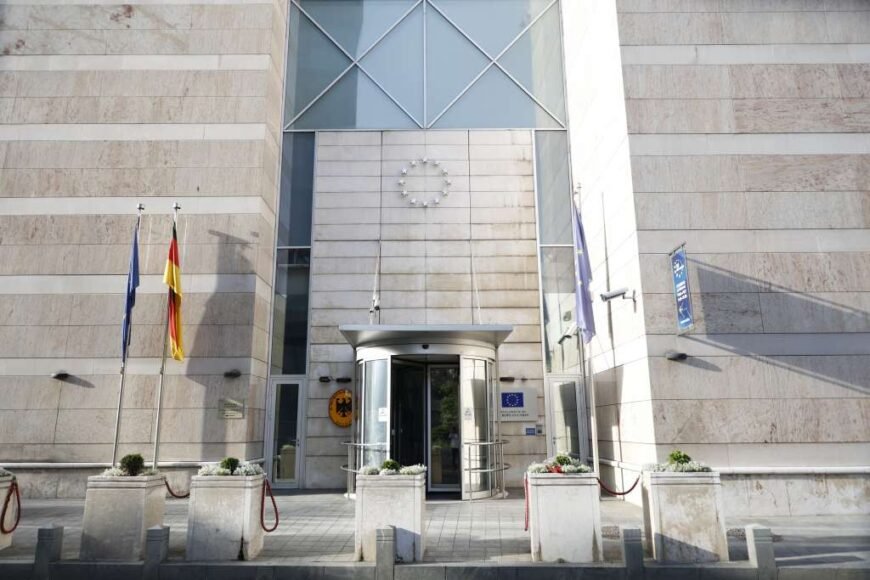
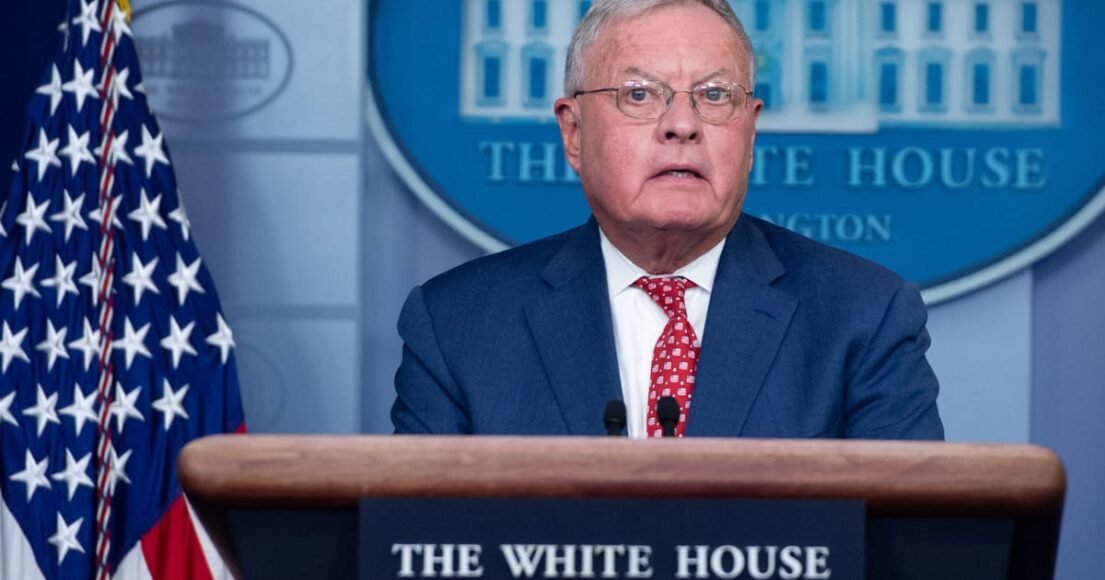
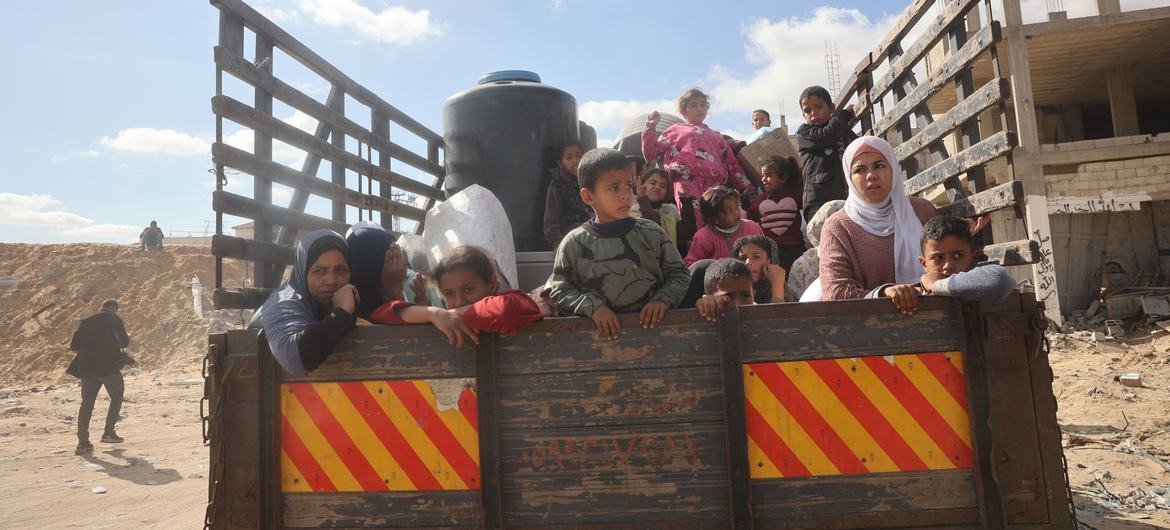

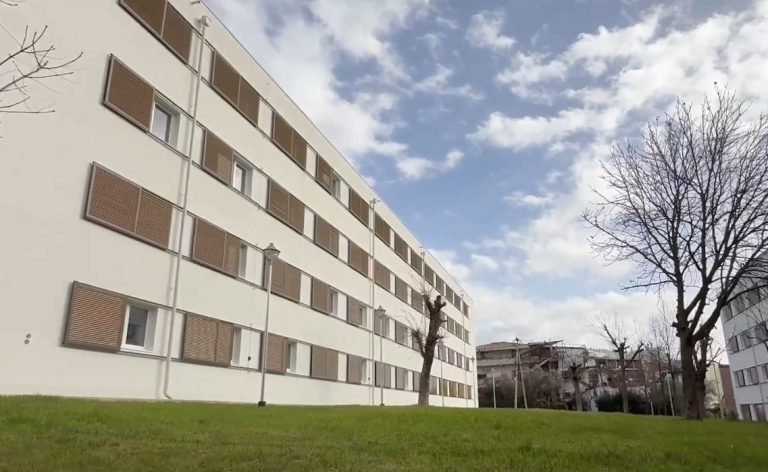

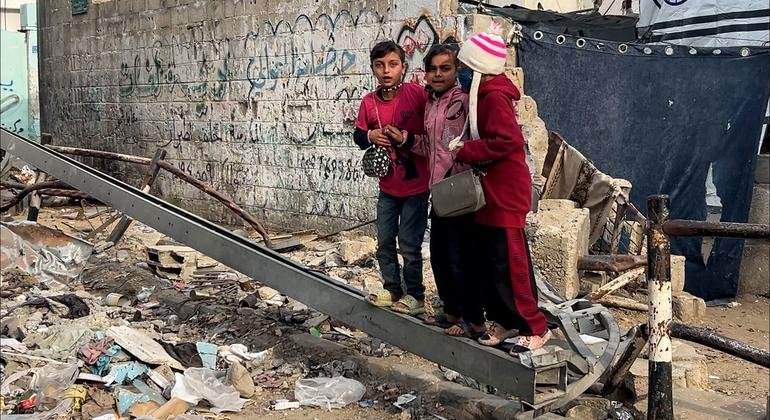


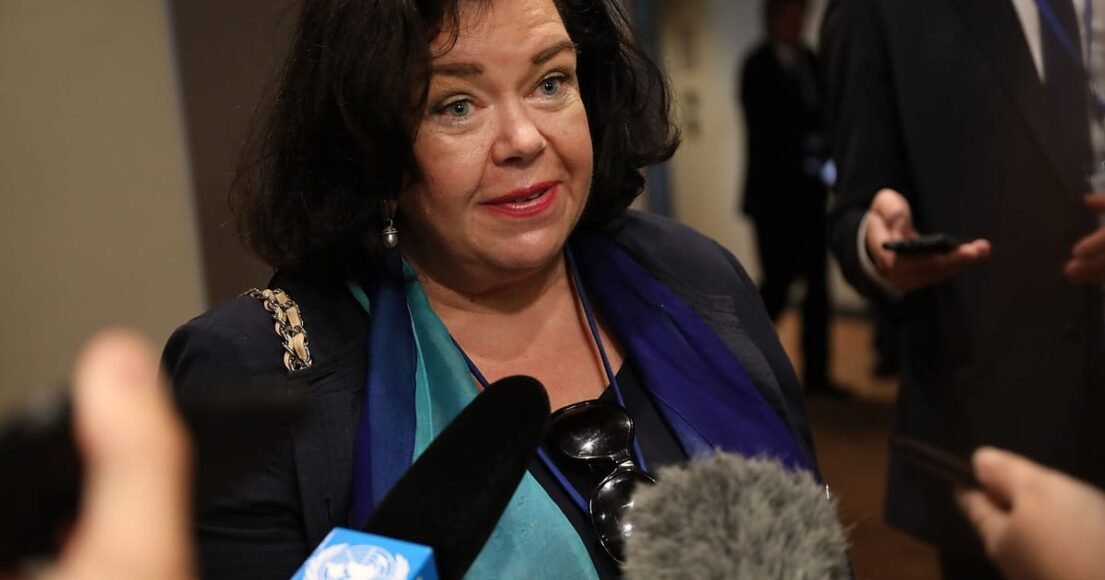
Leave a Reply